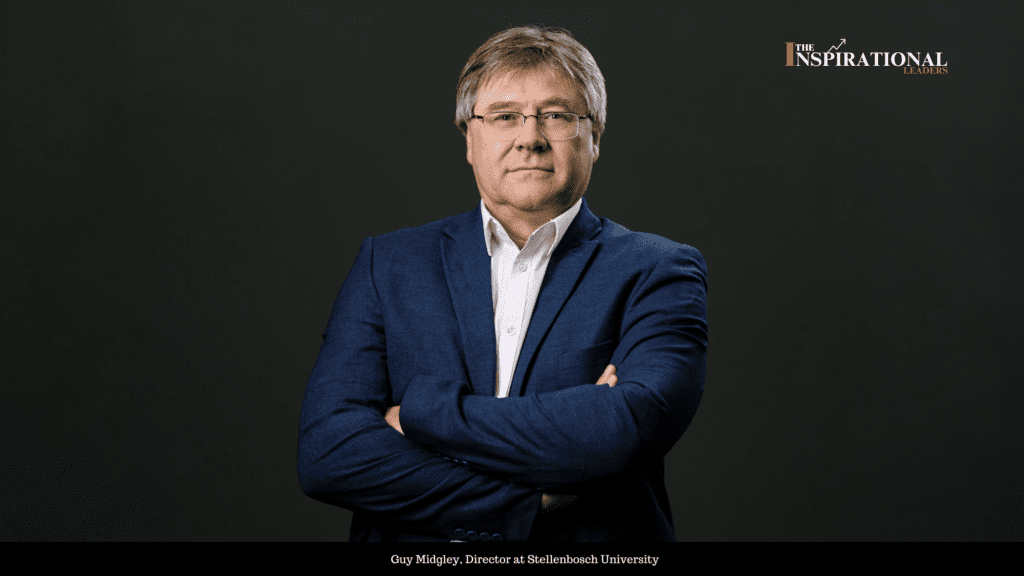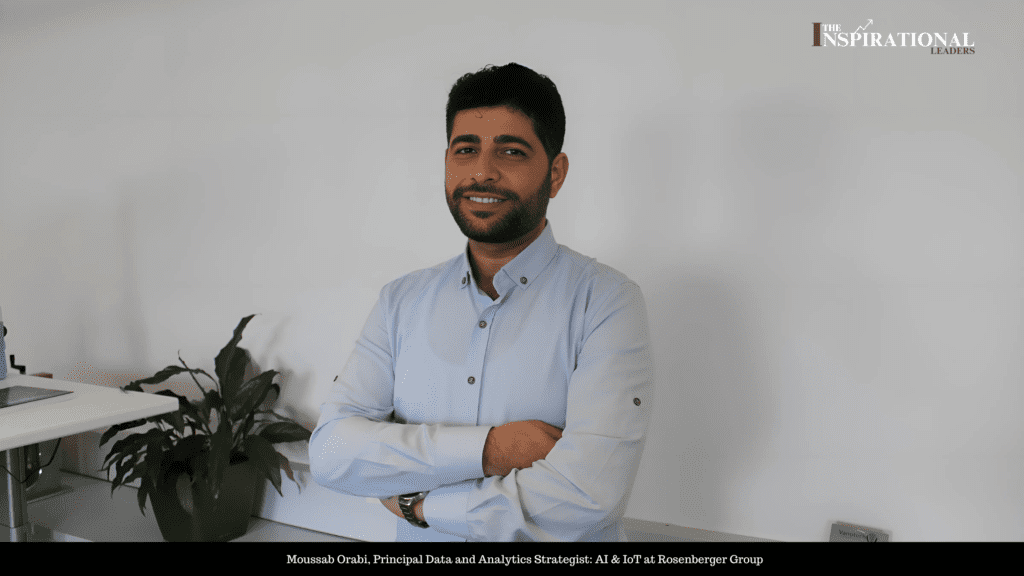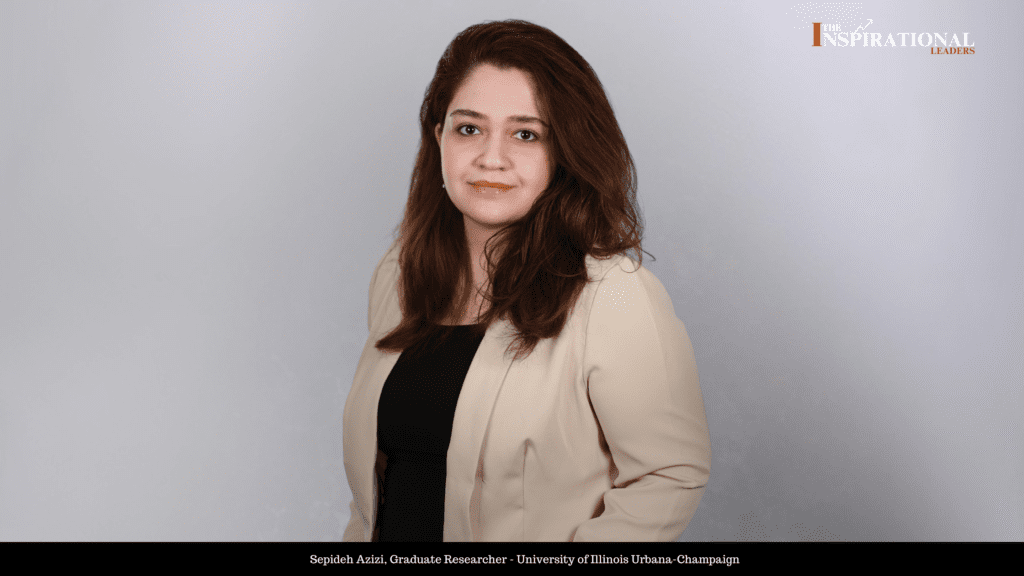Charting a Resilient Future: Guy Midgley’s Vision for Climate Adaptation and Biodiversity Conservation
Digital Version As the world faces the intertwined crises of climate change and biodiversity loss, the urgency for innovative strategies and collaborative efforts has never been greater. Guy Midgley, the Director of the School for Climate Studies at Stellenbosch University, is leading the charge in addressing this global challenge. With over thirty years of experience in biodiversity conservation and climate resilience, Midgley offers a distinctive viewpoint. In this exclusive interview, he discusses his journey, the critical challenges we face today, and the transformative strategies that could pave the way for a more sustainable future. Climate resilience links strongly to the evolutionary history of species, and the climate history of the ecosystems in which they function. A Lifelong Passion for Climate and Biodiversity Guy Midgley’s path into climate resilience and biodiversity conservation began with a childhood spent exploring the diverse ecosystems of southern Africa. “I was fortunate to grow up in the challenging 1960s and 70s, surrounded by the marine, freshwater, and terrestrial ecosystems of southern Africa,” he reflects. His parents’ enthusiasm for nature opened his eyes to the region’s rich biodiversity, showcasing its varied landscapes and unique plant and animal life. This early exposure ignited a curiosity about the natural world and its complex relationships with climate. A turning point occurred in his mid-teens when he came across a 1976 National Geographic article discussing long-term climate change. “The article fascinated me with its exploration of how climatic trends might develop, especially since it concluded with a question mark over whether the world was warming or cooling,” he shares. This initial encounter with the idea of climate variability and uncertainty kindled a passion for understanding climatic changes, and led to his decision to link climate change with his developing career in biodiversity science. We are busy warming the world out of a 2.6 million-year-old ice age. Shaping Sustainable Biodiversity Strategies Midgley’s research at Stellenbosch University’s School for Climate Studies has created an opportunity to delve more deeply into the connection between climate resilience and biodiversity conservation. He highlights the significance of grasping the evolutionary history of species alongside the climate history of ecosystems as a basis for effective biodiversity strategies. “Climate resilience is closely tied to the evolutionary history of species and the climate history of the ecosystems they inhabit,” he notes. Nevertheless, he warns against oversimplifying the link between biodiversity and ecological resilience. “While many believe that greater biodiversity naturally fosters greater ecological resilience, I suspect this is an overly simplistic view,” he states. Midgley points out the resilience found in low-diversity ecosystems and the thriving nature of invasive species as indications that the role of biodiversity in resilience is far more complex than commonly thought. “The joint examination of invasive species and climate change appears to me to be a powerful context for uncovering new challenges to what have become relatively established beliefs,” he adds. Addressing Pressing Climate-Related Challenges One of the most urgent issues we face today is the rapid change in global biodiversity driven by climate change. “We are busy warming the world out of a 2.6 million-year-old ice age,” Midgley points out. He emphasizes the fragility of ecosystems that rely on colder glacial climates and low CO₂ levels, such as coral reefs and species like penguins and polar bears, which may thus serve as early warning signs of climate impacts. “If we can protect them, these species will be crucial for future generations, especially when the world may eventually cool again,” he explains. Modern humanity itself depends on the kind of climate stability associated with a cooler, less energetic climate system, especially because the food production system is dependent on predictable climates and established geographic climate zones associated with agriculture. Midgley’s research is centered on highlighting how nature conservation strategies could take into account so-called “overshoot” climate scenarios, where temperatures rise towards and even above globally agreed targets before stabilizing and falling again, over what might be decades or longer. “What implications does this have for prioritizing conservation investments, particularly in terms of fairness for future generations?” he questions. This proactive perspective highlights the importance of long-term planning and investment in biodiversity conservation, and of attempting to energise the development of concrete adaptation planning to deal with a better defined future climate trajectory. Innovative Strategies for Climate Resilience At Stellenbosch University, Midgley is spearheading several innovative research projects aimed at boosting climate resilience. A primary focus will be to assess scenarios that simulate climate “overshoot” and its effects on adaptation planning. “If we are to overshoot, it will be essential to start simulating a more manageable set of scenarios,” he explains. This method facilitates more effective planning and decision-making amid climate uncertainty. Another groundbreaking initiative involves investigating the relationship between invasive species and climate change. “The potentially harmful interaction between these two major global change factors is wildly under-appreciated,” Midgley notes. By examining these dynamics, he seeks to formulate strategies that reduce the threats posed by invasive species in a changing climate. Midgley is also pushing for the establishment of integrated assessment modeling capabilities in southern Africa to assess new initiatives that will help to minimize the extent and duration of overshoot scenarios. These include the impacts of Carbon Dioxide Removal (CDR) initiatives, that may have very significant implications at the landscape and seascape levels. “Southern Africa currently lacks the integrated assessment tools necessary to make informed political decisions regarding the value and risks of CDR initiatives that may affect the region,” he states. This effort is vital for ensuring that local contexts are taken into account in global climate solutions. Big data, AI, and technology-assisted synthesis and analysis are very likely to be game-changing. Collaboration for Meaningful Change Midgley highlights the critical role of collaboration among policymakers, businesses, and academic institutions in fostering meaningful change. He states, “By actively listening and learning from each sector, engaging with the outcomes projected by integrated assessment models, and working together to implement, monitor, and evaluate the effectiveness of the suggested responses,” this collaborative effort is vital for tackling the




